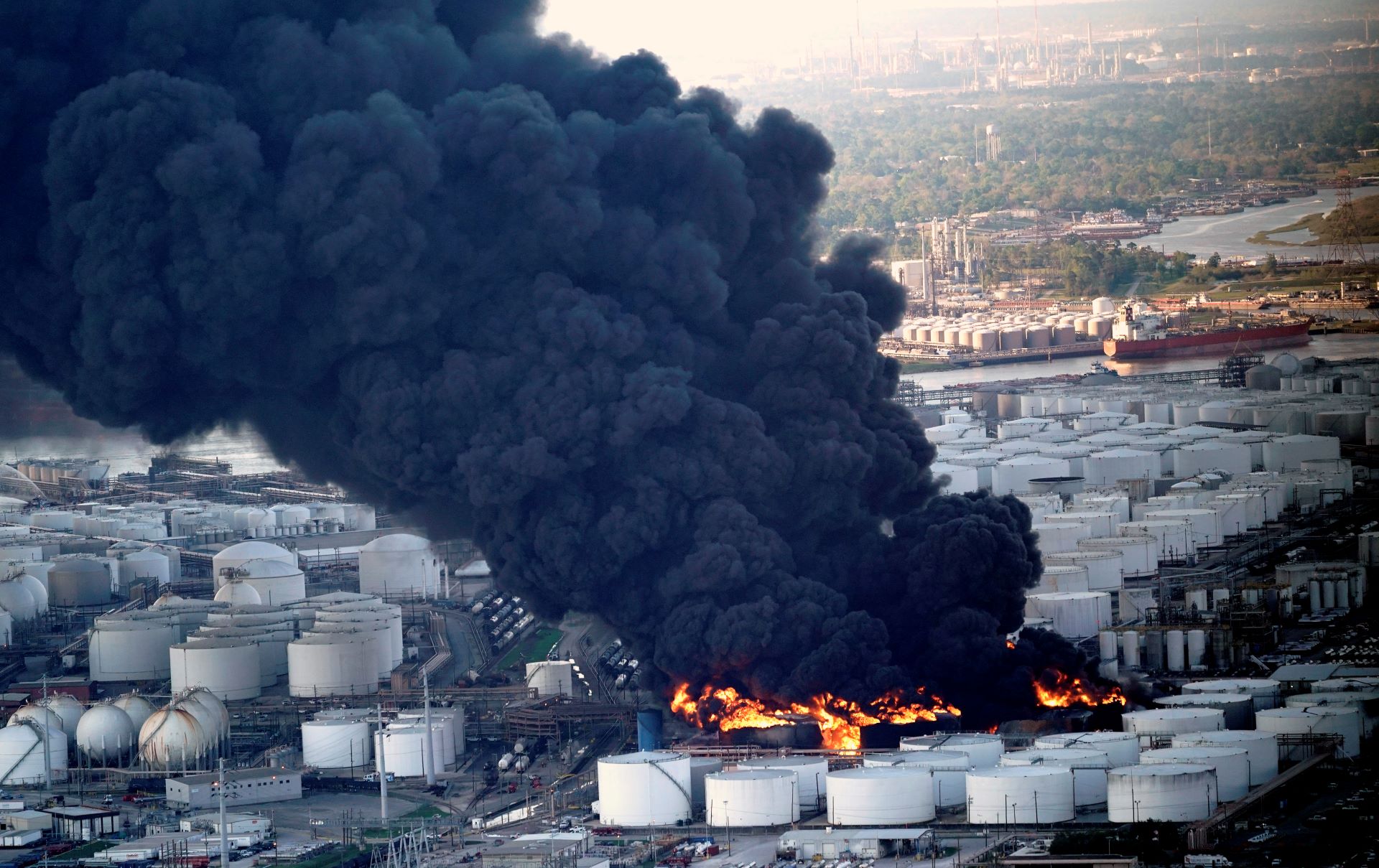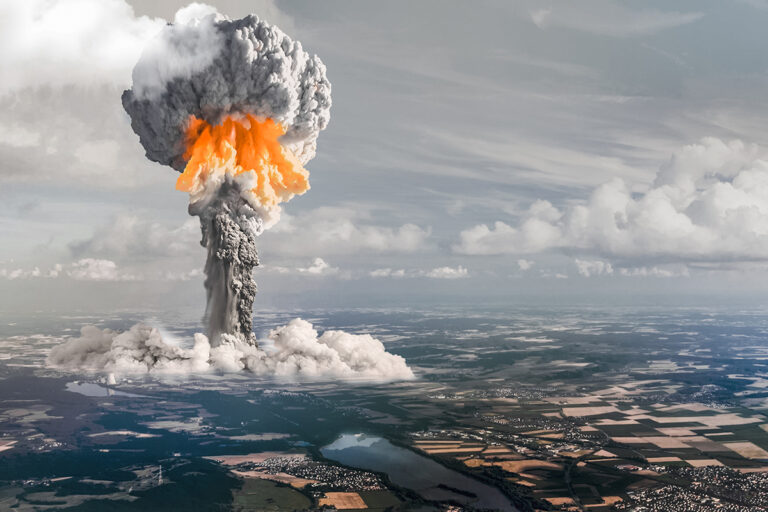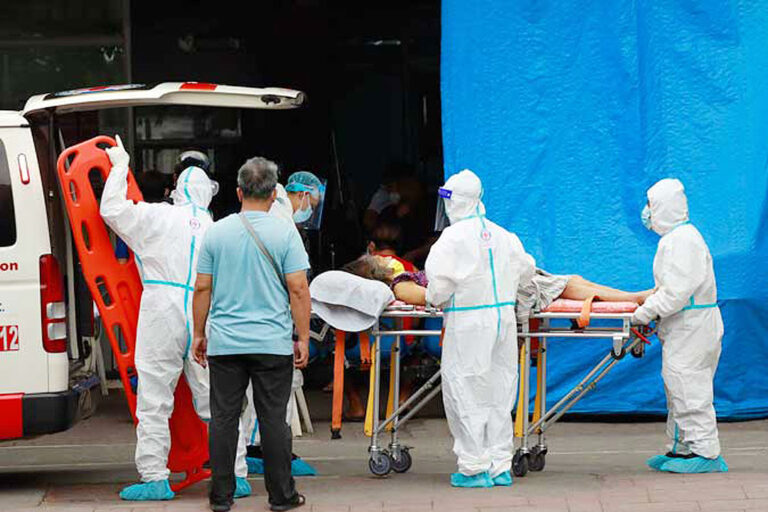Chemical, being at the core of modern industrial systems, has attained a very serious concern for disaster management within government, private sector and community at large. Chemical disasters may be traumatic in their impacts on human beings and have resulted in the casualties and also damages nature and property. The elements which are at highest risks due to chemical disaster primarily include the industrial plant, its employees & workers, hazardous chemicals vehicles, the residents of nearby settlements, adjacent buildings, occupants and surrounding community.
There are several common scenarios in which chemical disasters can occur:
- Industrial Accidents: Industrial facilities, such as chemical plants, refineries, and manufacturing plants, handle and store a wide range of hazardous chemicals. Accidents in these facilities can result from equipment failures, human errors, or natural disasters, leading to chemical releases that can cause fires, explosions, and toxic gas emissions.
- Transportation Incidents: The transportation of hazardous chemicals via road, rail, air, or sea can result in accidents and chemical spills. These incidents can happen due to accidents, derailments, collisions, or even intentional acts of sabotage, leading to the release of dangerous substances.
- Accidental Spills: Chemicals can also be accidentally released in various everyday settings, such as during storage, handling, or transfer operations. Spills in laboratories, hospitals, and warehouses can pose risks to the people working in these environments and the surrounding community.
- Human Health Impacts: Exposure to hazardous chemicals can lead to immediate health effects, such as respiratory problems, chemical burns, and poisoning. Long-term exposure may result in chronic health conditions, including cancer and reproductive issues. Vulnerable populations, such as children, the elderly, and individuals with pre-existing health conditions, are often at higher risk.
- Environmental Damage: Chemical spills and releases can contaminate soil, water, and air, harming ecosystems and wildlife. Long-term environmental damage may result in reduced biodiversity, ecosystem disruption, and the loss of natural resources.
- Economic Losses: Chemical disasters can result in significant economic costs, including property damage, healthcare expenses, and lost productivity. Industries may suffer financial setbacks, and affected communities may experience reduced property values and job losses.
- Social and Psychological Impact: The fear and uncertainty generated by chemical disasters can have a profound impact on the affected communities. People may experience stress, anxiety, and mental health issues, leading to social disruption and community cohesion challenges.
- Hazard Identification: Identifying and categorizing hazardous chemicals, along with assessing their potential risks, is crucial for proactive disaster management.
- Emergency Preparedness: Developing emergency response plans, conducting drills, and training personnel are vital to ensure a swift and coordinated response in case of a chemical disaster.
- Risk Mitigation: Implementing safety measures, such as proper chemical handling, equipment maintenance, and security protocols, can reduce the likelihood of accidents.
- Communication: Effective communication with the public, first responders, and relevant authorities is essential for alerting and informing people during a chemical disaster.
- Remediation and Recovery: After a chemical disaster, efforts are needed to clean up and restore the affected areas, provide medical care to those affected, and support long-term recovery efforts.



